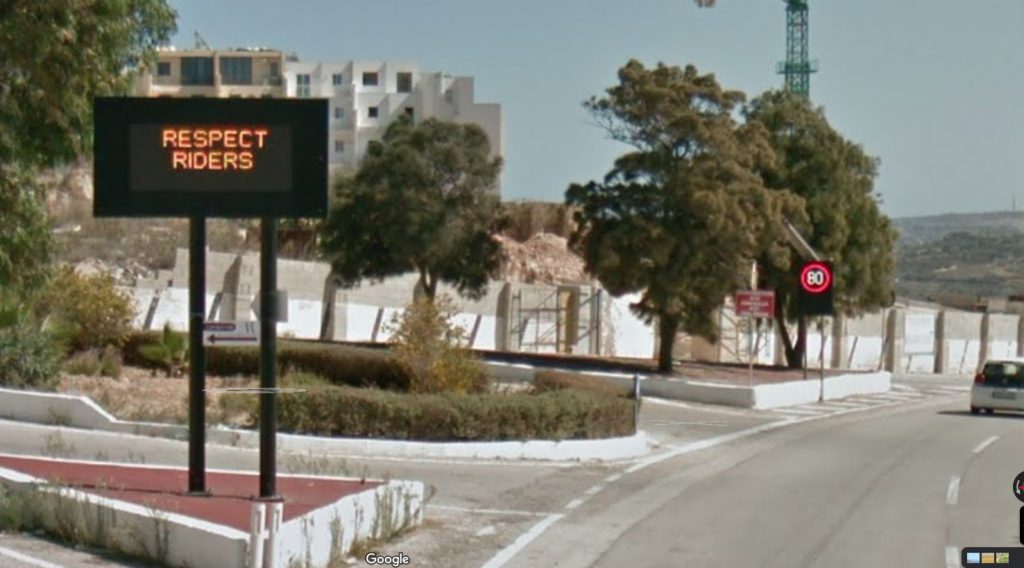AI in traffic management: promises unfulfilled, realities ignored

In the ever-evolving landscape of urban development, the prospect of introducing Artificial Intelligence (AI) to manage traffic has stirred a lively debate. While the potential benefits are undeniable, it is crucial to reflect on the promises made seven years ago regarding the implementation of ‘intelligent’ traffic signs. These signs were meant to revolutionize the way motorists receive real-time information, promising a smoother and more efficient traffic flow. However, the stark reality is that, despite the erected signs, money invested, and cameras installed, they are yet to live up to their ‘intelligent’ billing.
The failure of these intelligent traffic signs to deliver on their promises is emblematic of a larger issue – the lack of follow-through on commitments made to enhance transportation infrastructure. The introduction of technology was envisioned to alleviate the everyday challenges faced by commuters, offering a glimpse into a future where traffic congestion could be mitigated through real-time information dissemination.
Seven years on, and we find ourselves still grappling with the same traffic woes, with promises unfulfilled and investments seemingly squandered. The lack of progress in turning these signs into intelligent systems raises questions about the efficiency and accountability of our urban planning and development strategies.
In the interim, frustrated commuters resort to alternative means, such as relying on apps like Google Maps for up-to-date traffic information. However, this workaround comes with its own set of challenges. Using a mobile phone while stationary in traffic can lead to legal repercussions, as this is prohibited by law. Therefore, the very tools that are meant to assist motorists end up putting them at risk of fines.
It is high time for authorities to take stock of the situation and prioritize the effective use of existing infrastructure. The failure to capitalize on the investments made in intelligent traffic signs is not only a disservice to the public but also a waste of valuable resources. Before plunging into the uncharted territory of AI-managed traffic, it is imperative that we address the shortcomings of our current systems.
The first step towards progress lies in fulfilling the promises of the past. The intelligent traffic signs must be retrofitted with the promised capabilities, providing real-time information to motorists and easing traffic congestion. Simultaneously, law enforcement agencies need to adopt a pragmatic approach when it comes to penalizing individuals using navigation apps while stationary in traffic. Penalizing individuals for trying to navigate through the chaos contradicts the very essence of technology integration for traffic management.
As we contemplate the potential benefits of AI in traffic management, let us not lose sight of the fact that successful integration begins with fulfilling our existing commitments. It is time to bridge the gap between promises and reality, ensuring that the urban landscape is shaped by a commitment to progress rather than the accumulation of unfulfilled aspirations. The clock is ticking, and the onus is on us to transform our cities into intelligent, efficient, and responsive hubs for all.
